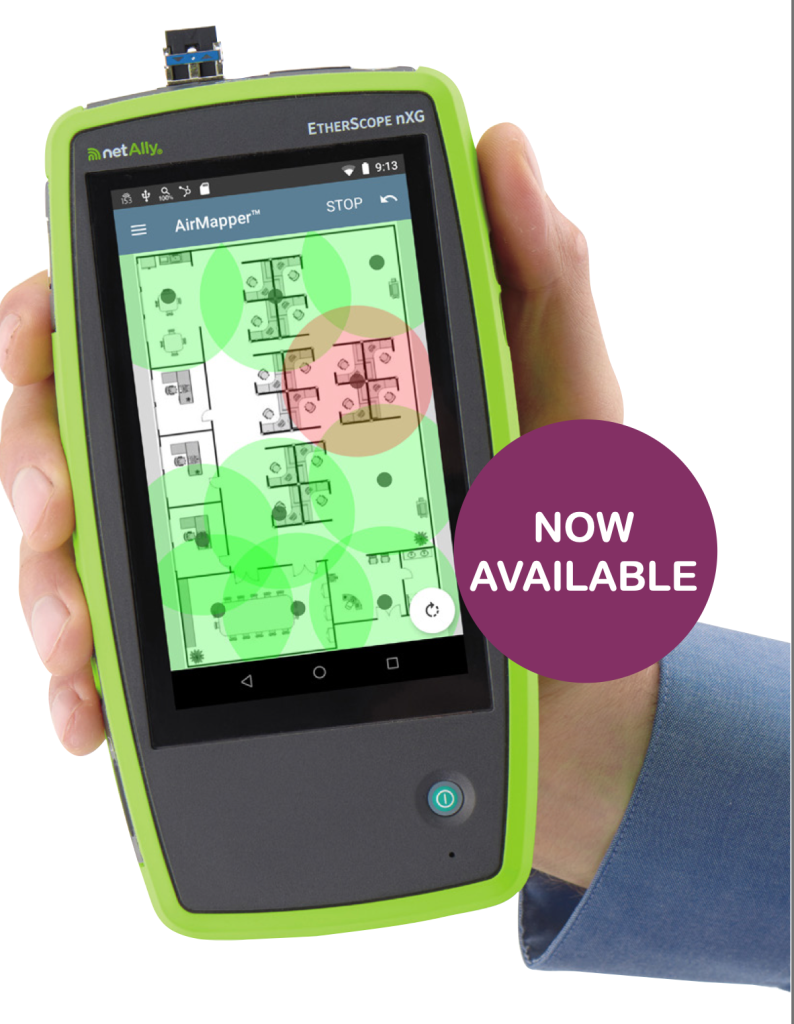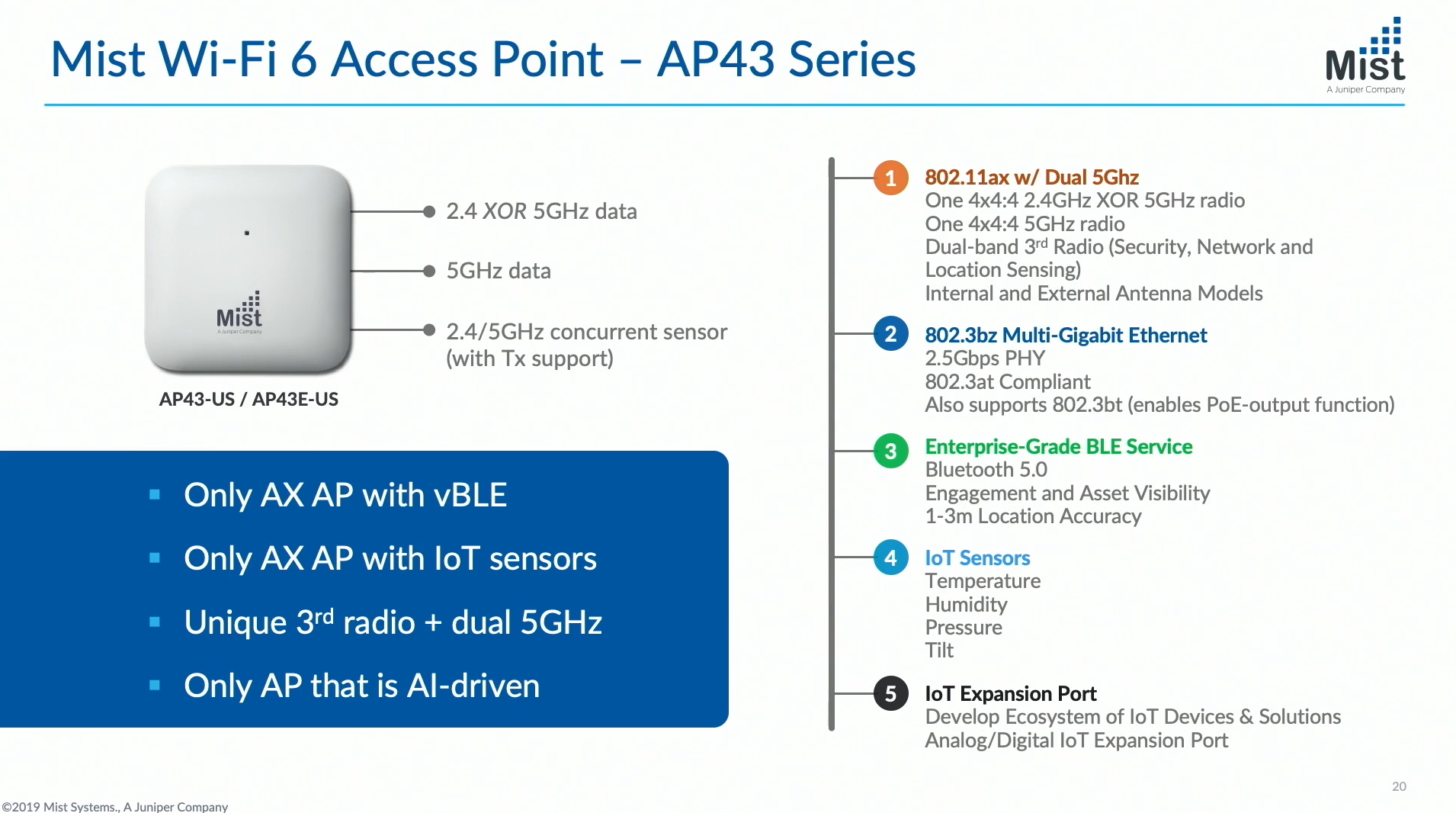I love it when companies show up to Mobility Field Day each year, ready to show their latest product, updates, and ideas.
Over the last several years, NetAlly (previously NetScout) has shown up each year to show off their updates and seek feedback on where they might focus next. NetAlly has proven to be receptive to feedback and responsive as they demonstrate advances in their handheld tools.

During the last year, we’ve seen the advancement of the Etherscope nXG to a survey tool with the introduction of AirMapper. This utility allows a wireless engineer to load a floorplan through Link-Live, import it to the Etherscope nXG, and then survey a facility, carrying only a single device. Once the survey is complete, it is re-synched to Link-Live for viewing, enabling easy, fast, and remote troubleshooting.
In today’s COVID-19 climate, remote troubleshooting is a significant boon to the tool. The simplicity of AirMapper makes it easy to ship to a local resource, who, with basic instructions, can perform a survey of the facility allowing the wireless SME’s to work in more places, faster, all from their home office.
I’m excited to see the latest news for the Etherscope nXG and AirMapper.
Link-Live is another product NetAlly continues to innovate on. Last year at MFD4, they announced several enhancements, including an API. The API enables the ability to create custom reports or integrate test results into existing customer systems.
I would love to see the API enable the ability to prepopulate sites or job lists and then archive old data based on labels.
The AirCheck G2 also received updates last year at MFD4, although the focus was clearly on the Etherscope nXG. It gained Wi-Fi6 visibility for management frames and headers, the ability to upload iPerf Test results to Link-Live, and a few other features. I’m guessing we’ll see a lot more information about the AirCheck G2 this year.
Finally, I would like to throw out a few things I hope to hear more about from NetAlly.
First, there are going to be some obvious questions about 6Ghz and Wi-Fi 6E. I’m sure NetAlly is working away on future products, and I hope they can begin to talk about what 6Ghz means for them.
I made a request last year, which you can find at the 20:50 mark here:
In short, I would like the AirCheck G2 and Etherscope nXG to have port profiles for a switch applied at the push of a button. Those profiles could be implemented by a technician installing an AP or other device without providing them access to an actual CLI or GUI or knowledge of how to do so. There are a LOT of ways to implement the idea with APIs, SNMP, or even Python scripts, so I know its not an easy task. It also highly variable depending on the switch vendor, model, and OS. But, considering the great functionality NetAlly continues to add to their devices, I am sure they are up to the challenge!
Whatever NetAlly brings to MFD5, I am sure it will significantly expand the functionality of their tools and make the lives of their users easier.
What would you like to see from NetAlly at MFD5? Be sure to check out the Mobility Field Day 5!
